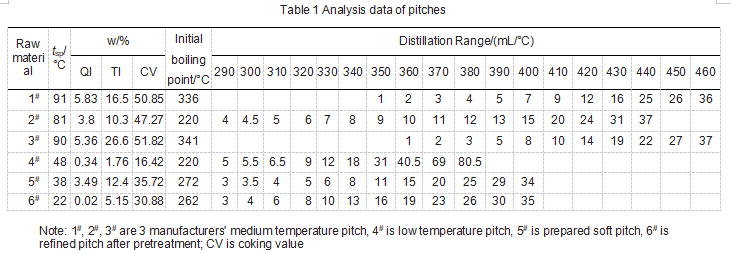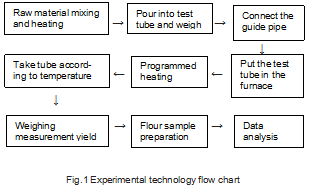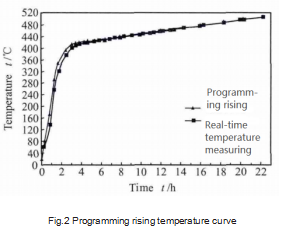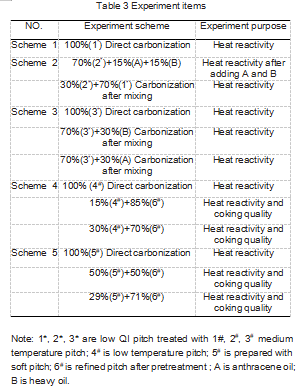Effects of mixing of different kinds of coal pitches on coking quality

Effects of mixing of different kinds of coal pitches on coking quality
Several different pitches mixed with aromatic oil were carbonized in order to investigate the effects of mixing on the thermal reactivity and the coking quality. The carbonization yield, temperature sudden change and the duration were tested to view graphite products for reference. The microstructures of the cokes obtained were observed by SEM. The results showed that the additions of certain proportion of anthracene oil and heavy oil in the pitches have rarely impact on the coke structure, while have some effect on the thermal reactivity of pitches. The rational control for the temperature sudden change of the polymerization, improvement for the start of the temperature jump and prolonging the reaction time could be helpful to enhance the quality of the obtained coke.
It has always been difficult to select suitable coal pitch as raw materials for the production of coal-based needle coke. Which technical characteristic index can better reflect and represent the suitability of the raw material. After years of practice, it is believed that the thermal reactivity of coal pitch is the key factors influencing the quality of needle coke. This article has done research in this area to provide reference for guiding the production of needle coke and improving the quality of needle coke.
1 Test
1.1 Experimental setup
The experimental equipment used in this experiment: test tube furnace, atmospheric test tube, electric heating sleeve, raw material mixing container, electronic balance, temperature controller.
1.2 Test method
Industrial analysis of pitch is tested in accordance with national standards. The softening point is determined according to GB/T4507-1999; the toluene insolubles is tested according to GB/T2292-1997; the quinoline insolubles is tested according to GB/T2293-1997; the coking value is tested according to GB2727-88; the coke quality is passed SEM (Axioskop40) scanning electron microscope observation.
1.3 Properties of raw materials used in the test
See Table 1 and Table 2 for the properties of the raw materials used in the experiment.


1.4 Experimental process
Mark and weigh and record the quality of the 12 test tubes for use. Put the raw materials to be used in the mixing container and heat and stir them. After they are evenly stirred, pour them into the prepared test tubes and record the weighing.
Connect the test tube and the draft tube with a silicone tube, and put them in the test tube furnace in sequence.
The temperature is increased according to the heating program given in the test program, starting from 30 °C, after 100 minutes, the temperature is increased to 350 °C, after 5 minutes of constant temperature, then the temperature is increased to 370 °C after 10 minutes, and the temperature is increased to 415 °C after 60 minutes After that, the temperature was raised to 515°C after another 1 200 minutes. The experimental flow chart and temperature program curve are shown in Figure 1 and Figure 2 respectively.


Take out the test tube in turn according to the temperature and time points (420, 430, 440, 455, 460, 465, 470, 480, 490, 500, 510 °C) set by the test plan.
Weigh the mass of each test tube taken out, and calculate the yield of solids in the test tube. Break the test tube into pieces, take out the sample, and grind it with a mortar until the sample can pass through a 100-mesh screen for QI and TI measurement. The sample at 510 °C is used for electron microscopy analysis.
Carry out carbonization according to the experimental plan in Table 3, and take a tabular comparison method for comparative evaluation, mainly testing yield, temperature mutation range, coke quality (observed under electron microscope), etc. get more technical information contact us.

No related results found








0 Replies